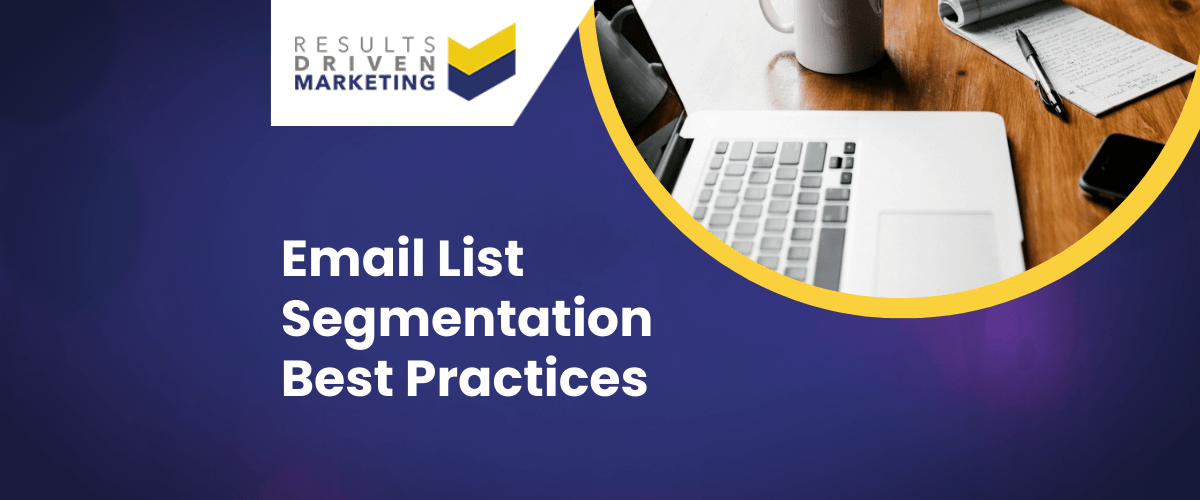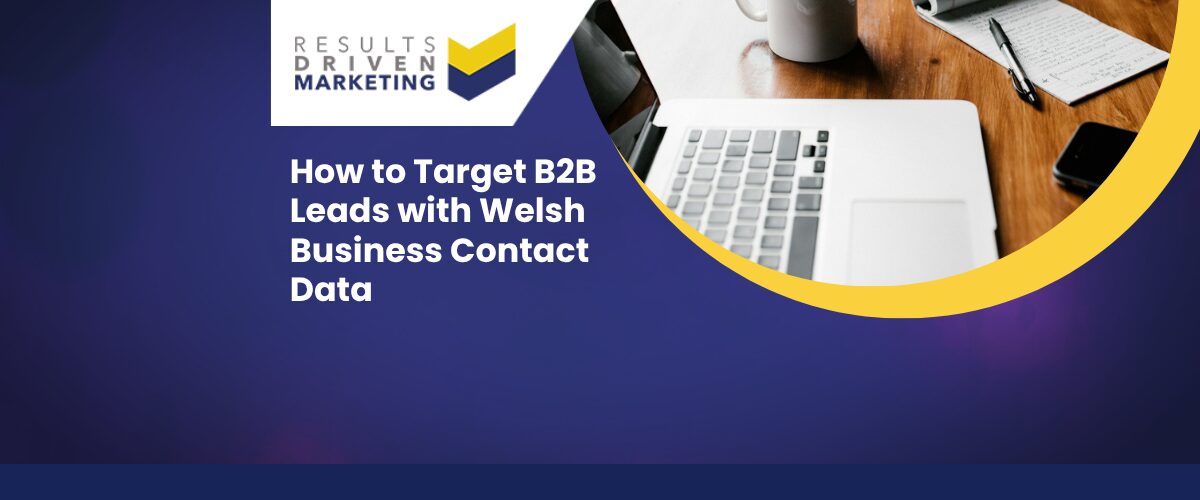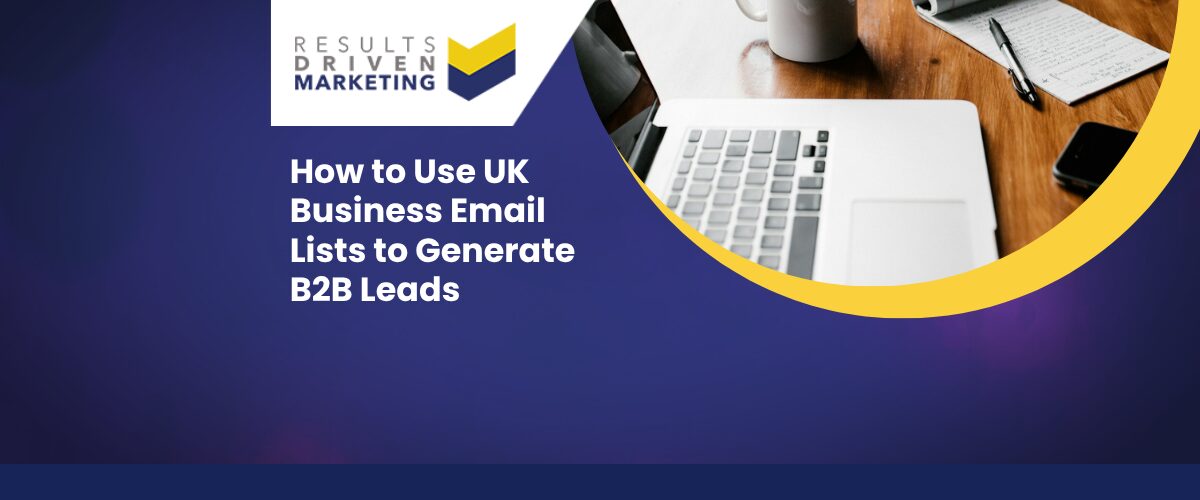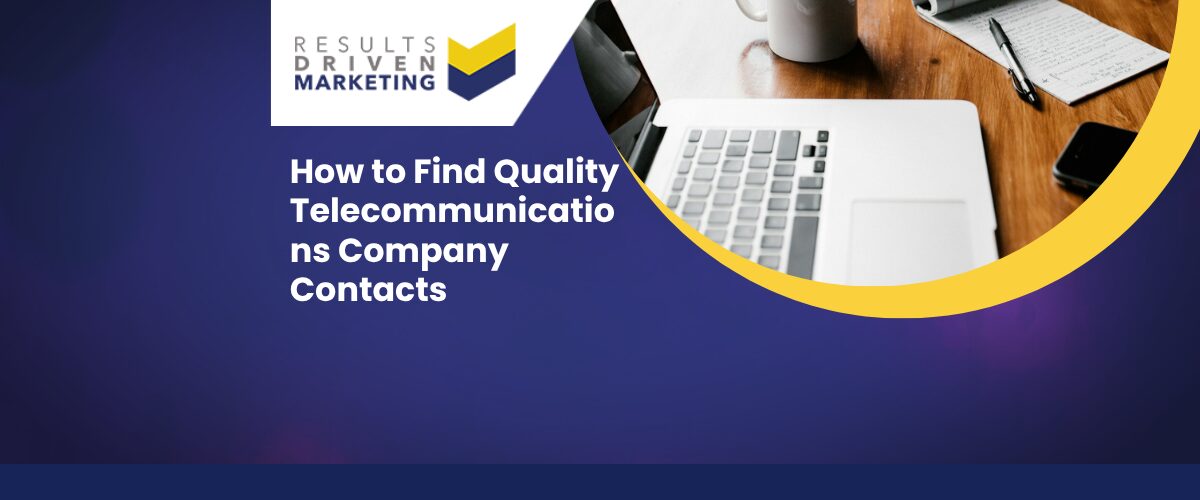
Email List Segmentation Best Practices
In today’s fast-paced digital world, the art of reaching your audience effectively hinges on a crucial strategy: email list segmentation best practices. You see, it’s not just about sending emails; it’s about sending the right emails to the right people. And that’s where the magic of segmentation comes into play.
Table of contents:
What is Email List Segmentation?
At its core, email list segmentation is the process of dividing your email subscribers into smaller, more focused groups based on specific criteria. Think of it as organising your contacts into neat little compartments, each tailored to meet their unique interests, behaviours, and needs.
By employing email list segmentation best practices, you’re not just sending emails; you’re crafting personalised experiences for each segment of your audience.
The Importance of Email Segmentation
In a sea of endless digital communication, standing out is key. But how do you ensure your message doesn’t just float away in the digital abyss? The answer lies in understanding and implementing the power of segmentation.
Why Email Segmentation Matters For Campaigns
Let’s face it, no one likes to feel like just another number in a mass email blast. Segmentation allows you to speak directly to the individual needs and interests of your email lists.
It’s like having a one-on-one conversation, but on a larger scale. By using email list segmentation best practices, you’re not only boosting engagement but also driving up those all-important conversion rates.
Why is Email Segmentation Important?
In the grand scheme of things, email segmentation is more than just a tactic; it’s a cornerstone of successful email marketing.
It’s about relevance, and in the digital marketing world, relevance is king. When your emails resonate with your audience, you’re not just sending messages via email marketing software; you’re building relationships. And in the end, it’s those relationships that turn leads into loyal customers.
Advantages and Disadvantages of Email List Segmentation
Navigating the world of email marketing can sometimes feel like a balancing act, especially when it comes to email list segmentation best practices.
Let’s break it down and explore both sides of the coin, shall we?
What are the Advantages of Using An Email List Segmentation Best Practices?
First off, the advantages of segmenting your email list are pretty hard to ignore. Here’s why it’s a game-changer:
Increased Engagement: By tailoring your content to specific segments, you’re speaking directly to their interests. This personal touch can significantly boost open rates and click-throughs.
Higher Conversion Rates: Segmented emails often lead to more conversions. Why? Because they’re relevant, and relevance drives action.
Better Customer Insights: Segmentation can provide valuable insights into customer behaviour and preferences, helping you fine-tune your marketing strategies.
Reduced Unsubscribe Rates: When your emails hit the mark, people are less likely to hit that dreaded unsubscribe button.
What are the Disadvantages of Using An Email List Segmentation Best Practices?
Now, let’s flip the script and look at some potential drawbacks:
Time and Effort: Effective segmentation requires time and effort. It’s not just a set-it-and-forget-it deal; it needs ongoing attention and refinement.
Complexity: For those new to email marketing, segmentation can seem daunting. It adds layers of complexity to your campaigns.
Data Quality: Your segmentation is only as good as your data. Poor data quality can lead to misdirected efforts and missed opportunities. However, if you buy data from a high quality source, you can mitigate this disadvantage.
Is Using Email List Segmentation Best Practices a Good Idea?
So, is diving into email list segmentation best practices worth it? Absolutely! While it does come with its challenges, the benefits far outweigh the drawbacks.
Think of it as an investment in your relationship with your audience. When done right, segmentation can transform your email marketing from a shot in the dark to a targeted, precision-guided strategy.
Strategies and Techniques
Diving into the world of email list segmentation best practices can feel like navigating a maze. But fear not! Let’s unravel some smart strategies and techniques that can turn you into a segmentation wizard.
Some Smart Ways to Segment Your Email List
Ready for a treasure trove of ideas? Here are a few gems to get you started:
Demographics: Age, gender, location – these basics can be a great starting point.
Purchase History: Tailor your emails based on past purchases. It shows you’re paying attention.
Engagement Level: Segment based on how often they open your emails or click on links.
Customer Lifecycle Stage: New subscriber? Long-time customer? Each deserves a different approach.
And that’s just scratching the surface! There are dozens more ways to slice and dice your list for maximum impact.
How to Segment Your Email List
So, how do you actually go about segmenting your list? Here’s a step-by-step approach:
Gather Data: Collect as much relevant data as you can about your subscribers.
Choose Your Segments: Decide on the criteria for your segments. What makes sense for your business?
Analyse and Group: Use your data to group subscribers into your chosen segments.
Tailor Your Content: Create content that resonates with each segment.
How to Segment Your Email List for Better Engagement
Want to boost engagement? Focus on relevance. The more relevant your emails are to a segment, the more engaged they’ll be. Use your business lists to understand what each segment truly cares about.
Key Considerations and Best Practices
Now, let’s talk about the key considerations and best practices that can make or break your segmentation efforts.
What are the Key Considerations of Using Email List Segmentation Best Practices?
When diving into segmentation, keep these points in mind:
Data Quality: Garbage in, garbage out. Ensure your data is accurate and up-to-date. Work with a reliable b2b data supplier like Results Driven Marketing for greater accuracy and relevance.
Segment Size: Too small, and it might not be worth the effort. Too large, and you might lose the personal touch.
Testing and Refinement: Segmentation isn’t a one-time deal. Continuously test and refine your segments for better results.
Email List Segmentation Best Practices
And finally, some golden rules of email list segmentation best practices:
Start Simple: Don’t overcomplicate things. Begin with basic segments and expand as you get more comfortable.
Be Relevant: Always aim for relevance in your content. It’s the key to engagement.
Respect Privacy: Handle your subscribers’ data with care and respect their privacy.
Types of Segmentation
Alright, let’s dive into the different types of segmentation you can use to supercharge your email marketing. Remember, the goal here is to make each email feel like it’s been handcrafted just for the recipient.
And guess what? Email list segmentation best practices are your secret weapon to make that happen.
Demographic Segmentation
This one’s all about the who. Age, gender, income, education – these are the nuts and bolts of demographic segmentation. It’s like creating a persona for each segment of your audience. Super useful, right?
Geographic Segmentation
Where are your subscribers located? City dwellers or countryside folks?
Geographic segmentation lets you tailor your content based on location. It’s like saying, “Hey, I know where you’re coming from!”
Psychographic Segmentation
Now, this is where it gets interesting. Psychographic segmentation dives into the why.
What are your subscribers’ values, interests, and lifestyles? It’s like getting a sneak peek into their world.
Behavioural Segmentation
Behavioural segmentation is all about the what. What do your subscribers do? What have they bought? How do they interact with your emails?
It’s like being a detective, uncovering clues to better understand your audience.
Technology Segmentation
In this digital age, knowing what devices or platforms your subscribers use can be super handy.
Are they mobile warriors or desktop devotees? Tailor your content accordingly, and you’re golden.
Customer Journey Stage Segmentation
Where is each subscriber in their journey with your brand? Newbie, regular, or loyal fan?
Segmenting based on the customer journey stage helps you send the right message at the right time.
B2B Segmentation
If you’re dealing with businesses, B2B segmentation is your go-to. Think company size, industry, or job role. It’s like customising your message for the corporate crowd.
B2C Segmentation
And for the consumer market, B2C segmentation is key. It’s all about personalising your approach to resonate with individual consumers. Think preferences, buying habits, and lifestyle choices.
Benefits and Impact
Let’s talk about the good stuff, shall we? The benefits of email list segmentation best practices are like a treasure trove waiting to be discovered. So, let’s dig in!
The Benefits of Email Segmentation
Imagine sending emails that feel like they’ve been written just for the person reading them. That’s the magic of segmentation! Here’s what you can look forward to:
Increased Open Rates: When your emails resonate, people are more likely to open them.
Higher Click-Through Rates: Relevant content means more clicks. It’s that simple!
Better Conversion Rates: Tailored messages lead to more conversions. Cha-ching!
Lower Unsubscribe Rates: When your emails hit the mark, fewer people hit the unsubscribe button.
How Segmentation Can Improve Your Email Engagement Levels
Think of segmentation as your secret sauce for boosting engagement. It’s all about sending the right message to the right person at the right time. And when you nail that, engagement levels soar!
Data Quality and Compliance
Now, let’s not forget about the importance of data quality and compliance. It’s like the backbone of successful segmentation.
GDPR Compliant Data Broker
In this era of data privacy, being GDPR compliant isn’t just nice to have; it’s a must. Make sure your data broker ticks this box to keep your segmentation efforts on the right side of the law.
Advanced Segmentation Techniques
Ready to take your segmentation game to the next level? Let’s explore some advanced techniques that can give you an edge.
eRFM Segmentation
eRFM stands for Email Recency, Frequency, and Monetary value. It’s like a supercharged version of segmentation that looks at how recently and frequently someone has interacted with your emails, and how much they’ve spent. Talk about getting granular!
SMS Segmentation
Don’t forget about SMS! Segmenting your text message list can be just as powerful as email segmentation.
Tailor your texts based on subscriber preferences and behaviors for maximum impact.
Alternatives to Email List Segmentation
So, you’re wondering if there’s another way, a path less traveled, when it comes to segmenting your email list? Let’s explore!
What are the Alternatives to Using Email List Segmentation Best Practices?
While email list segmentation best practices are the bee’s knees, there are a few other routes you can take:
Mass Emailing: It’s like casting a wide net, hoping to catch something. Not as targeted, but hey, it’s an option.
Personalised Outreach: Think one-on-one emails. Time-consuming, but it adds a personal touch.
Social Media Targeting: Use social media platforms to target specific demographics. Different playground, same game.
Direct Mail: Good old snail mail. It’s traditional, but it can still pack a punch.
FAQ
Got questions? We’ve got answers! Let’s dive into some FAQs about email list segmentation best practices.
General Questions
What Does a Segmented Email List Look Like?
Picture a neatly organised list, divided into sections based on interests, behaviours, or demographics. It’s like having a map that guides you to the right audience.
Do Segmented Email Lists Include Email Addresses?
Absolutely! Email addresses are the bread and butter of your segmented list. It’s how you reach your segmented audience, after all.
Do Segmented Email Lists Include Phone Numbers?
Sometimes, yes. If phone numbers are relevant to your campaign, they can be part of your segmented list. It’s all about having the right tools in your toolbox.
How Much Does it Cost to Get a Segmented Email List?
The cost can vary. It depends on factors like list size, data sources, and the level of segmentation. Think of it as an investment in precision marketing.
Where Can I Buy Segmented Email Lists?
There are plenty of data brokers and marketing agencies out there. Just make sure they’re reputable and GDPR compliant. Safety first!
Why Does Database Marketing Work So Well?
Database marketing is a highly targeted and personalised approach to customers and cold prospects leads to higher conversation rates and order values.
Technical Questions
How Do You Collect Data for Segmentation?
Data collection can come from various sources – website interactions, purchase history, surveys, you name it. It’s like gathering puzzle pieces to create a complete picture.
How Do You Measure the Success of Segmentation?
Look at metrics like open rates, click-through rates, and conversion rates. If these numbers go up after segmentation, you’re on the right track.
Strategy Questions
How Often Should You Update Your Segmentation Strategy?
Regularly! Markets change, trends shift, and so do people’s interests. Keep your segmentation strategy fresh and up-to-date.
How Can Segmentation Impact Customer Retention?
Segmentation can make your customers feel understood and valued. And when customers feel that way, they’re more likely to stick around. It’s all about building that connection.
Who are we?
Dedicated to lead generation, Results Driven Marketing provides myriad services SMEs can trust to deliver results.
Our marketing lists are guaranteed accurate to industry high standards, and GDPR compliant and our experience team means that if you are looking to buy data, they make them totally bespoke and highly relevant whether you are looking for email lists, direct mailing lists or telemarketing lists.
Our email marketing software is highly rated. Responder provides the automation tools you need to put your marketing on autopilot.
We also supply email marketing solutions with our email marketing platform.
Call us today on 0191 406 6399 to discuss your specific needs.
Results Driven Marketing
info@rdmarketing.co.uk
0191 406 6399





